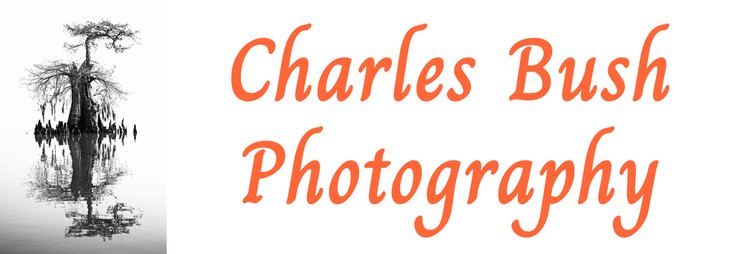The 50mm f\1.8 lens was the kit SLR camera lens until the late 1990's until it was displaced by the variable aperture mid range zoom lens. In many ways this was an unfortunate change.
Yes, it is convenient to be able to stand in one place and twist the zoom ring and compose a picture the way you want it. However the typical kit lens is:
- Of doubious quality. While high end zoom lenses rival if not equal prime lenses, inexpensive zoom lenses do not. Close inspection of the images they produce will show the imperfections in these lenses.
- Not a very fast lens. This not only means you don't get as good of low light performance, more importantly you are not able to limit the depth of field by selecting a wide aperture and letting the background of your image blurr.
- Larger and heavier then a 50mm lens
On full frame camera's 50mm's is considered the normal focal length, closely approximating your eye's normal field of vision. On a crop sensor camera it is a moderate telephoto lens, ideally suited for portrait photography.
If just starting out, I'd suggest purchasing a camera with a 50mm lens rather than the kit lens, or purchasing a 50mm lens as your first additional lens. All the major camera companies offer inexpensive 50mm lenses, these tend to be of very good optical quality and perform very well compared to the camera's kit lens. Many professional photographers carry a 50mm lens in their bag as it is small, light, and excellent optically.
When purchasing your lens, make sure you're getting one compatible with your camera. The less expensive DSLR's often do not have a built in focusing motor, so if you want autofocus you'll want a lens with the focus motor built in. In addition, there may be limitations with the camera meter with the older style lenses, make sure you do your homework and purchase a lens compatible with your camera.
